How to Get the Most From These Summer-Blooming Bulbs
There is nothing difficult about growing dahlias. They require very little and deliver months of big, brightly-colored blossoms. From planting tubers to pinching, staking and harvesting, here's what you need to know to enjoy the very best results.

1. Know Your Tubers
Dahlias sprout from buds that are formed in the fall. These buds are located at the base of the stem, just above the tubers. The tubers themselves do not produce sprouts -- they are food storage vessels that help fuel the plant's early growth.
Dahlias may be purchased two ways: as single tubers with a bud attached or as a clump of tubers around a stem.
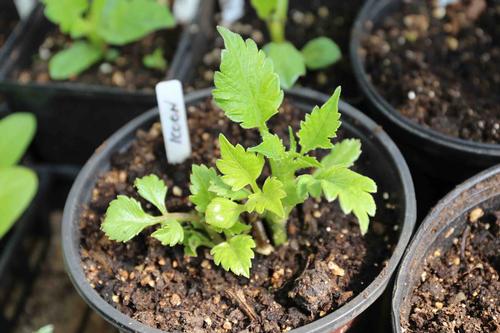
2. Timing is Key
If tubers are being planted directly into the garden, wait until the soil has warmed to 60°F. Dahlias will not grow in cold soil and their foliage is sensitive to frost.
In cool climates, dahlias can be planted indoors, 4 to 6 weeks before the last frost date. Fill 1 or 2 gallon pots with moist growing mix. Plant the tuber(s) with the stem or sprouts facing up and cover with 2” of soil. Put the pots in a warm place with good light and water sparingly. Start watering regularly once the plants are several inches tall. Transplant outdoors after danger of frost has passed.
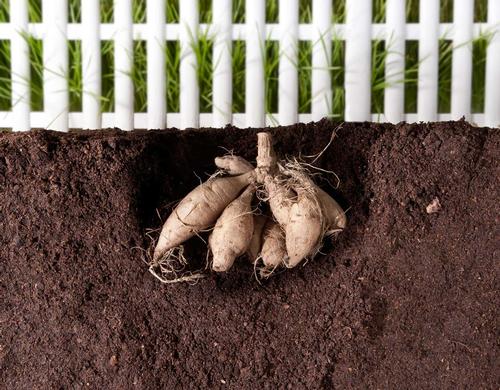
3. Know Where and How to Plant
Dahlias bloom best when they are planted in full sun and fertile, well-drained soil. Border dahlias can be planted 15” apart from center to center; standard types are usually spaced about 18” from center to center.
Loosen the soil to a depth of 12”. Add compost and all-purpose granular fertilizer to the planting area and mix well. Dig a hole and plant the tubers, keeping the stem(s) or sprouts upright. The top of the tubers, where the sprout emerge, should be positioned no more than 1-2” below the soil surface. Backfill the hole with soil.
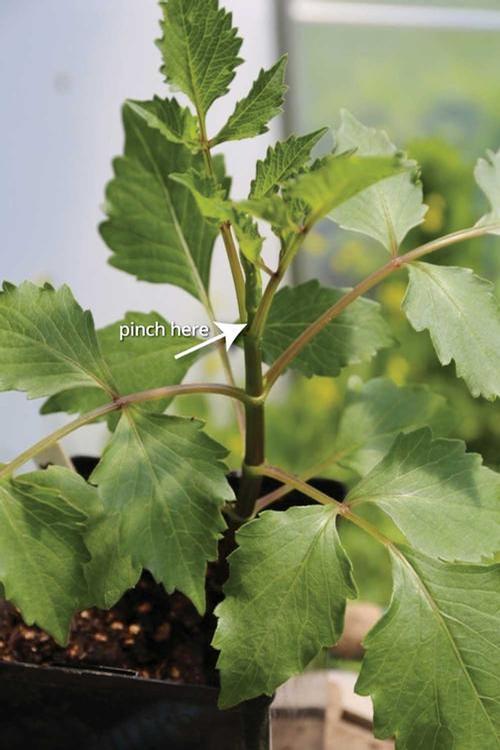
4. The Value of Pinching and Staking
When the plants are 12” tall, pinch off the top of the main stem. This will stimulate lateral branching and result in more stems and more flowers. For instructions, see HERE.
Border dahlias are self-supporting, but full size dahlias can grow 3 to 4 feet tall and benefit from being staked or caged. Read about staking options HERE.

5. Watering and Fertilizing
Dahlias grow best when they receive a consistent supply of water. Drip irrigation is ideal, as it directs moisture to the root zone while keeping the foliage dry. If you are hand-watering, it's best to water deeply once or twice per week. Mulching around the base of the plants will help reduce moisture loss and keep the roots cooler.
There are many schools of thought about fertilizing dahlias. Some say they are heavy feeders. Other say there's no reason to fertilize. Everyone does seem to agree that dahlias grow best in fertile soil that contains lots of organic matter. Before planting each spring, cover the area with 3-4" of rotted manure or compost and dig it into the top 12".
As a general rule, we recommend treating dahlias as you would a tomato plant. Apply an all-purpose 5-5-5 fertilizer at planting time and when they start blooming, feed them once or twice a month with a low nitrogen liquid fertilizer. If you plan to save the tubers, they will store better if you stop fertilizing by early September.

6. Controlling Insects and Disease
Protect bees, butterflies and other pollinators by avoiding the use of chemical pesticides and herbicides.
To discourage disease, keep dahlia foliage as dry as possible. Water deeply once or twice a week, allowing the top inch of soil dry out in between. Clip off the bottom 12” of foliage to encourage good air circulation.
Slugs and snails love eating young dahlia foliage. Sluggo Plus is an effective organic control when it is applied early and refreshed often. It is sprinkled on the soil surface, so is not a danger to pollinators. Earwigs are another troublesome dahlia pest. Like slugs and snails, they prefer cool, moist conditions and can damage buds, flowers and foliage. Minimize their damage by keeping the area around your dahlias clear of spent flowers and foliage. Also, if you avoid using leaves or straw as mulch, you will give earwigs fewer places to hide and breed.
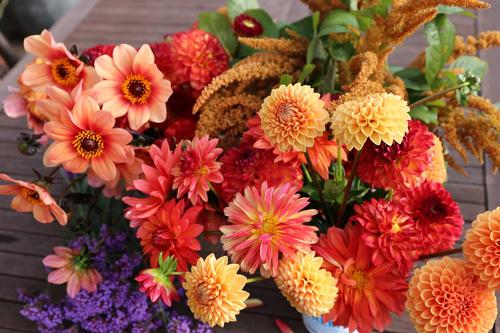
7. Be Generous
Dahlias are among the world’s best cut flowers and it takes just a few stems to make an impressive bouquet. Harvesting flowers is good for the plants and encourages them to continue flowering month after month. So cut often and share generously! Delight family and friends, neighbors and coworkers with the beauty of homegrown dahlias.
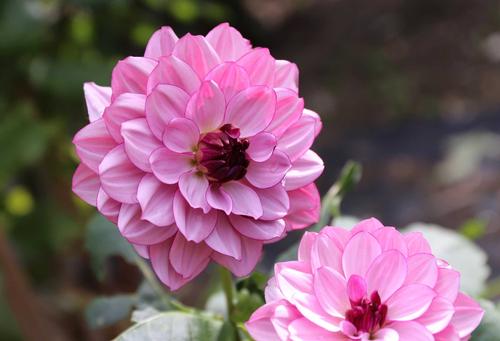
8. Deadhead Regularly
Removing flowers that have passed their prime keeps plants looking neat, encourages them to produce new buds and helps control pests and disease. If you're in a hurry, simply nip off the flower heads. Otherwise, use scissors or pruning shears to cut the spent flowers back to a main stem. This will help to stimulate new growth and encourage longer stems that are better for cutting.

